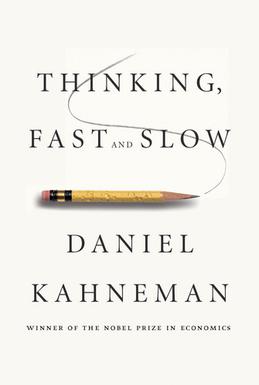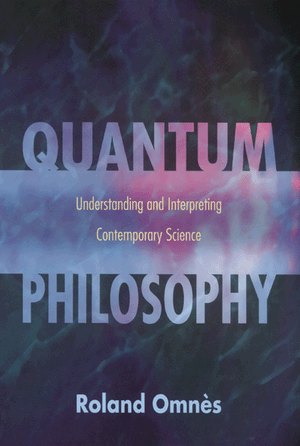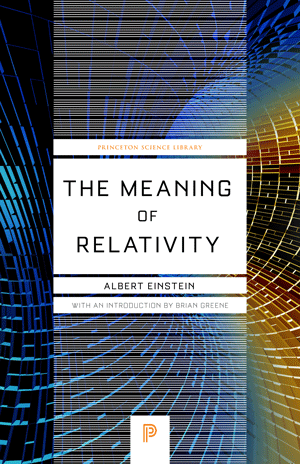The classic surgical atlas, more comprehensive than ever!
A Doody's Core Title for 2017!
For more than half-a-century, Zollinger’s Atlas of Surgical Operations
has been the gold-standard reference for learning howto perform the
most common surgical procedures using safe, well-established techniques.
The tenth edition continues this tradition of excellence. The atlas
covers gastrointestinal, hepatobiliary, pancreatic, vascular,
gynecologic, and additional procedures, including hernia repair,
vascular access, breast procedures, sentinel lymph node
biopsy,thyroidectomy, and many more. The illustrations in this atlas
have withstood the test of time. They allow you to visualize both the
anatomy and the operation, making the book useful as a refresher or for
learning the steps of a particular procedure.
The tenth edition of Zollinger’s Atlas of Surgical Operations
expands the content to include 19 new operations. Each chapter contains
beautifully rendered line drawings with color highlights that depict
every important action you must consider while performing the operation.
Each chapter also includes consistently formatted coverage of
indications,preoperative preparation, anesthesia, position, operative
preparation, incision and exposure, procedure, closure, and
postoperative care.











